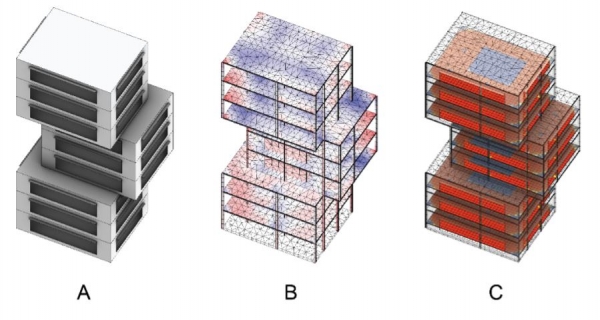Displaying Items By Tag: Climate Change
News on Climate Change

Arctic infrastructure at risk due to permafrost degradation
According to a new study, the infrastructure in Alaska and in multiple regions in the Arctic is threatened by the quick degradation of permafrost. Permafrost refers to any type of soil or rock form...
Read More
Denmark to build an artificial island in the port of Copenhagen
The Danish government plans to construct an artificial island in the port of Copenhagen, the capital city of Denmark. The parliament of Denmark recently voted in favor of the artificial island's co...
Read More
The "living building" in Georgia Tech University
Georgia Tech announced on Earth Day 2021 that one large project, the Kendeda building has been declared as a "living building" from the International Living Future Institute. The Ken...
Read More
New simulation tool for building design
A new simulation tool that utilizes many variables for the design and the initial phases of the building process has recently been introduced. Designing and building are interconnected processes in...
Read More
Wall collapse in England's historic castle
An intense storm caused a wall collapse in iconic Hurst Castle, England. The Hurst Castle is located in southern England facing the Isle of Wight. It was constructed in the 15th century by King Hen...
Read More